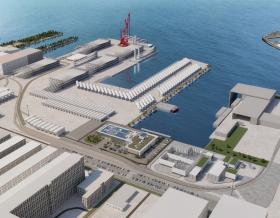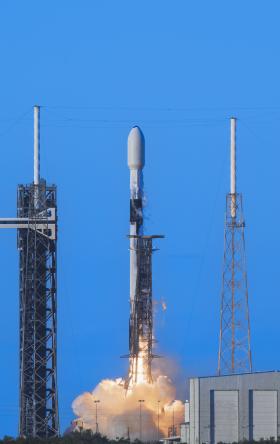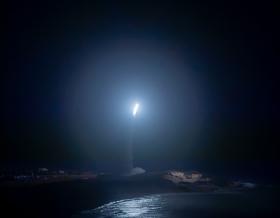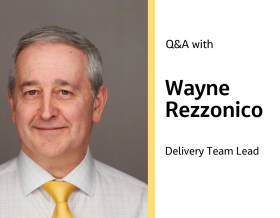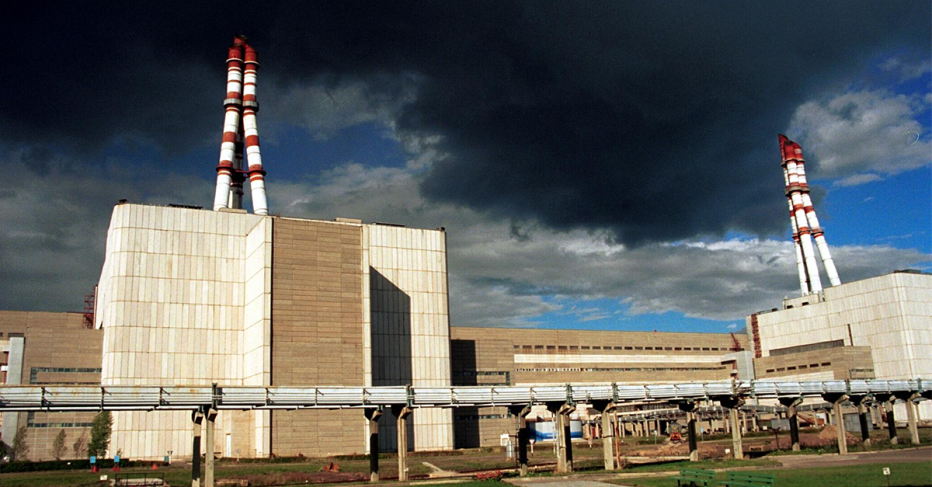
The Ignalina Nuclear Power Plant was once capable of supplying 88% of Lithuania’s electricity. Now it is the focus of a huge and successful international program to bring about final decommissioning of the site.
For the past 19 years, Jacobs has formed part of the project management unit (PMU) for a set of newly built, bespoke facilities that are needed to enable this first-of-a-kind decommissioning challenge.
As part of our support for the Ignalina Nuclear Power Plant (INPP), the PMU has helped to deliver the new Interim Spent Fuel Storage Facility (ISFSF), a Solid Waste Management and Storage Facility (SWMSF), a modified Fuel Inspection Hot Cell (FIHC), and the Fuel Debris Recovery Project (FDRP).
The delivery of these facilities is led by the Ignalina International Decommissioning Support Fund and financed through the European Bank for Reconstruction and Development.
Up to the end of 2020, about 15,000 spent fuel assemblies from Ignalina’s two Soviet-designed RBMK reactors had been safely removed from storage pools, loaded into casks and transported into the new ISFSF. The final cask is scheduled to enter the facility in the second half of 2022.
The SWMSF is processing long-lived and short-lived radioactive wastes as well as operational and secondary wastes from the power plant’s storage bunkers.
Modifications to the FIHC will ensure that the equipment is compatible with all the casks in use at the ISFSF and enable INPP to examine and manage older design casks while ensuring regulatory compliance.
The project is progressing on schedule with all the basic engineering design for the new equipment having been completed, submitted to INPP and approved. Manufacturing of FIHC equipment is now underway and the contract is expected to be completed in the second quarter of 2021.
Detailed design and manufacturing for the Fuel Debris Recovery Project is expected to be completed in May 2021 and despite the uncertainties caused by the unique nature of RBMK fuel recovery, the project has a target to clear the fuel storage pools in Units 1&2 by October 2022, after which they can be confirmed as nuclear fuel free.
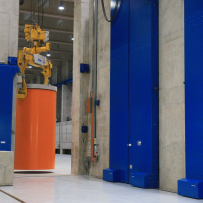
Ignalina NPP Director General Andrius Kamienas hailed the ‘dedication and professionalism’ of the Jacobs PMU team as an important contributor to the successful delivery of the new facilities.
Jacobs Vice President for Nuclear Decommissioning Andy White said: “Ignalina is a shining example of international cooperation in nuclear decommissioning and we are proud of the significant part we have played in it over many years.”
Originally published as part of Jacobs' Nuclear Engineering International supplement. Click to view the full publication and discover how, from next generation systems for a climate-resilient future to managing complex decommissioning, site closure, radioactive waste and remediation efforts, we're helping solve the world’s most complex nuclear challenges safely and effectively on jacobs.com.

